Dong remains strong
In recent days, the dong has been on an upward trend, but for the whole year, the USD/VND exchange rate has returned to the starting point of 2022. That means after nearly half a year, the dong has not weakened against the US dollar.
Specifically, at the Joint Stock Commercial Bank for Foreign Trade of Vietnam (Vietcombank), on the morning of June 29, the USD/VND exchange rate was listed at: 23,390 VND/USD (buy) - 23,730 VND/USD (sell), an increase of 10 VND/USD in both directions compared to the end of yesterday. Compared to the session on December 31, 2022, the exchange rate even decreased by 20 VND/USD in the buying direction and kept the selling price unchanged.
Joint Stock Commercial Bank for Investment and Development of Vietnam (BIDV), USD/VND exchange rate is traded at: 23,410 VND/USD - 23,710 VND/USD, up 10 VND/USD, up 5 VND/USD (equivalent to 0.02%) for buying, up 25 VND/USD for selling (equivalent to 0.02%). Compared to the last session of 2022, the exchange rate has not changed at all.
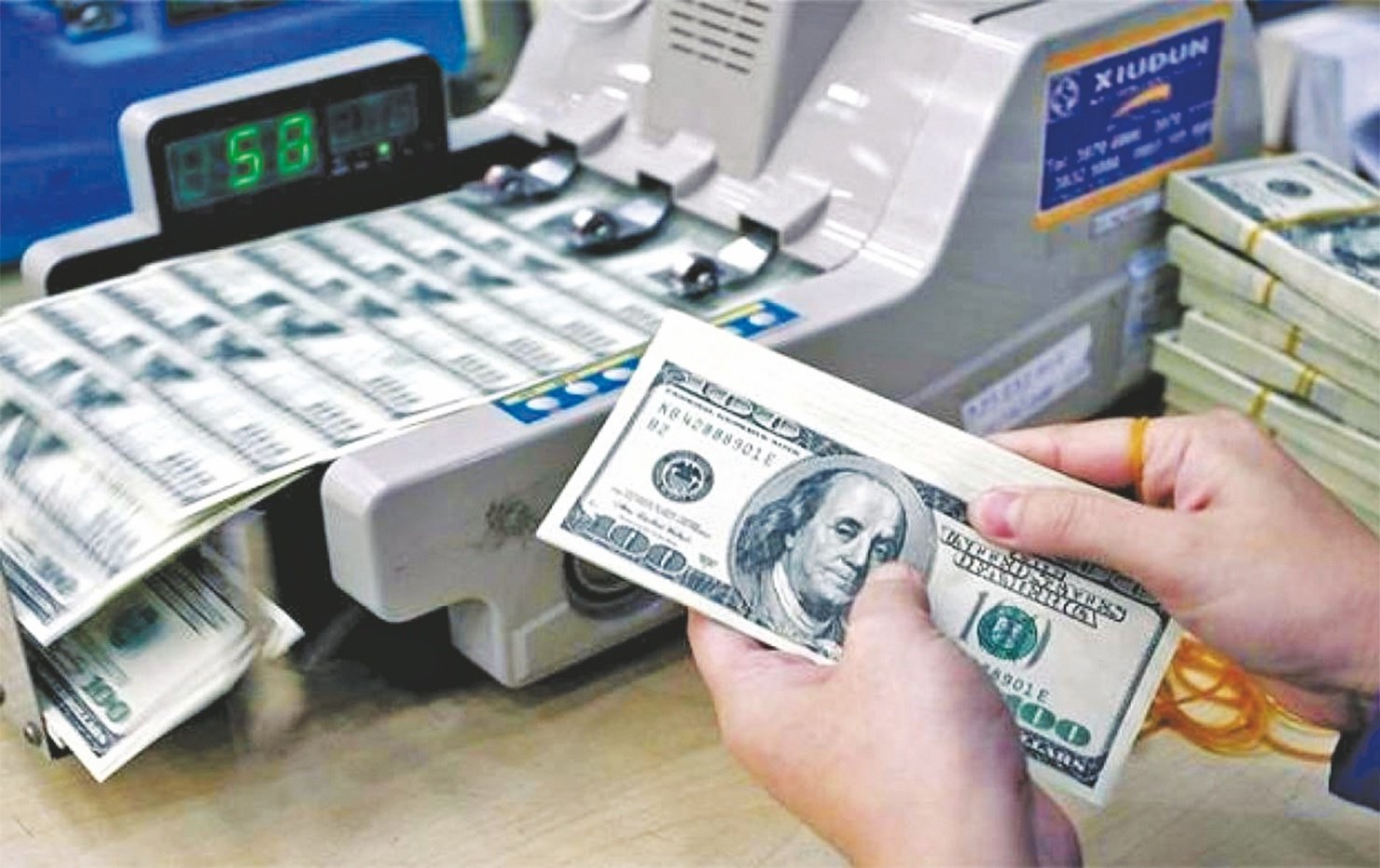
Despite the continuous decrease in interest rates and the USD "crushing" Asian currencies, the VND remains strong and is at a level of insignificant change compared to the end of 2022. Illustrative photo
Vietnam Joint Stock Commercial Bank for Industry and Trade (VietinBank) listed the USD price at: 23,414 VND/USD - 23,754 VND/USD, up 57 VND/USD for buying but down 24 VND/USD for selling compared to yesterday. Compared to the end of 2022, the exchange rate increased by 54 VND/USD, equivalent to 0.2%.
The US dollar fluctuated more strongly in the commercial banking system. However, the change was not too big.
At Vietnam Export Import Commercial Joint Stock Bank (Eximbank), the exchange rate is traded at: 34,430 VND/USD - 23,740 VND/USD, up 30 VND/USD compared to yesterday but up 50 VND/USD for buying (equivalent to 1.3%), up 40 VND/USD for selling (equivalent to 0.2%) compared to the end of 2022.
Vietnam Technological and Commercial Joint Stock Bank (Techcombank) listed the USD/VND exchange rate at: 23,420 VND/USD - 23,755 VND/USD, up 30 VND/USD for buying (equivalent to 0.13%), up 25 VND/USD for selling (equivalent to 0.1%).
It can be seen that the dong is quite stable against the US dollar despite the greenback "overpowering" Asian currencies.
USD “crushes” Asian currencies
In the first half of 2022, the currency market saw the US dollar "overpower" Asian currencies.
Japanese finance officials have been warning all week about “excessive” depreciation of the yen. Late Tuesday, Malaysian officials flagged similar concerns about the ringgit. China has pegged the yuan at a higher-than-expected daily rate twice this week to support its currency.
Contrasting moves in the world's major currencies - including the Japanese yen, Chinese yuan and US dollar - highlight differences in domestic interest rates and currency cycles.
This comes as central banks around the world continue to grapple with sluggish inflation or slowing growth as a result of Covid-19, the Russia-Ukraine conflict and the energy crisis.

The People's Bank of China cut the yuan's midpoint trading point on June 28 to its weakest level in eight months. Photo: Getty Images
Against the US dollar so far this year, the Japanese yen has fallen more than 9%, while the Malaysian ringgit has fallen about 6% and the Chinese yuan has fallen nearly 5%.
All three currencies hit seven-month lows against the US dollar this month and are among the worst-hit in Asia this year.
Carol Kong, an economist and currency strategist at Commonwealth Bank of Australia, said in a report on Wednesday that the risk of Japan’s Ministry of Finance intervening in the foreign exchange market has increased. She added that authorities may be buying the Japanese yen “with the USD/JPY rally continuing to rise.”
“However, we note that the speed of change, not the magnitude, is the most important issue in the decision of the Ministry of Finance to intervene,” Kong said. “The potential for FX intervention could add to the volatility of the Japanese yen.”
The policy divergence between the Bank of Japan's ultra-loose monetary policy and the US Federal Reserve's aggressive tightening stance to fight inflation is fueling the strength of the US dollar.
“We are closely monitoring currency movements with a strong sense of urgency,” Reuters reported on Wednesday, citing Japan’s top currency diplomat Masato Kanda, reiterating his comments on Monday. “We will respond appropriately if it becomes excessive.”
Philip Wee, senior foreign exchange strategist at DBS, said in a note on Wednesday that the risk of intervention in the yen is high if the currency trades at 145-150 yen per dollar. The Japanese currency was hovering around 144 against the greenback in Asian trade on Thursday.
Last year, Japan's Ministry of Finance intervened about $68 billion to support the yen on three separate days: September 22, October 21 and October 24 - when the currency rose 150 against the greenback, weakening to levels not seen since 1990.
Source


![[Photo] Prime Minister Pham Minh Chinh chairs conference to review the implementation of Resolution No. 18-NQ/TW](https://vstatic.vietnam.vn/vietnam/resource/IMAGE/2025/4/14/dcdb99e706e9448fb3fe81fec9cde410)

![[Photo] Ceremony to welcome General Secretary and President of China Xi Jinping on State visit to Vietnam](https://vstatic.vietnam.vn/vietnam/resource/IMAGE/2025/4/14/5318f8c5aa8540d28a5a65b0a1f70959)
![[Photo] General Secretary To Lam holds talks with General Secretary and President of China Xi Jinping](https://vstatic.vietnam.vn/vietnam/resource/IMAGE/2025/4/14/b3d07714dc6b4831833b48e0385d75c1)


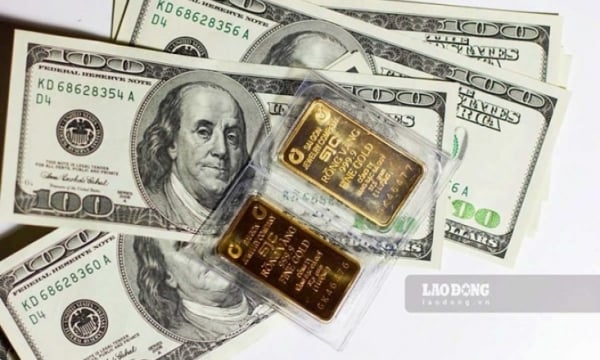
















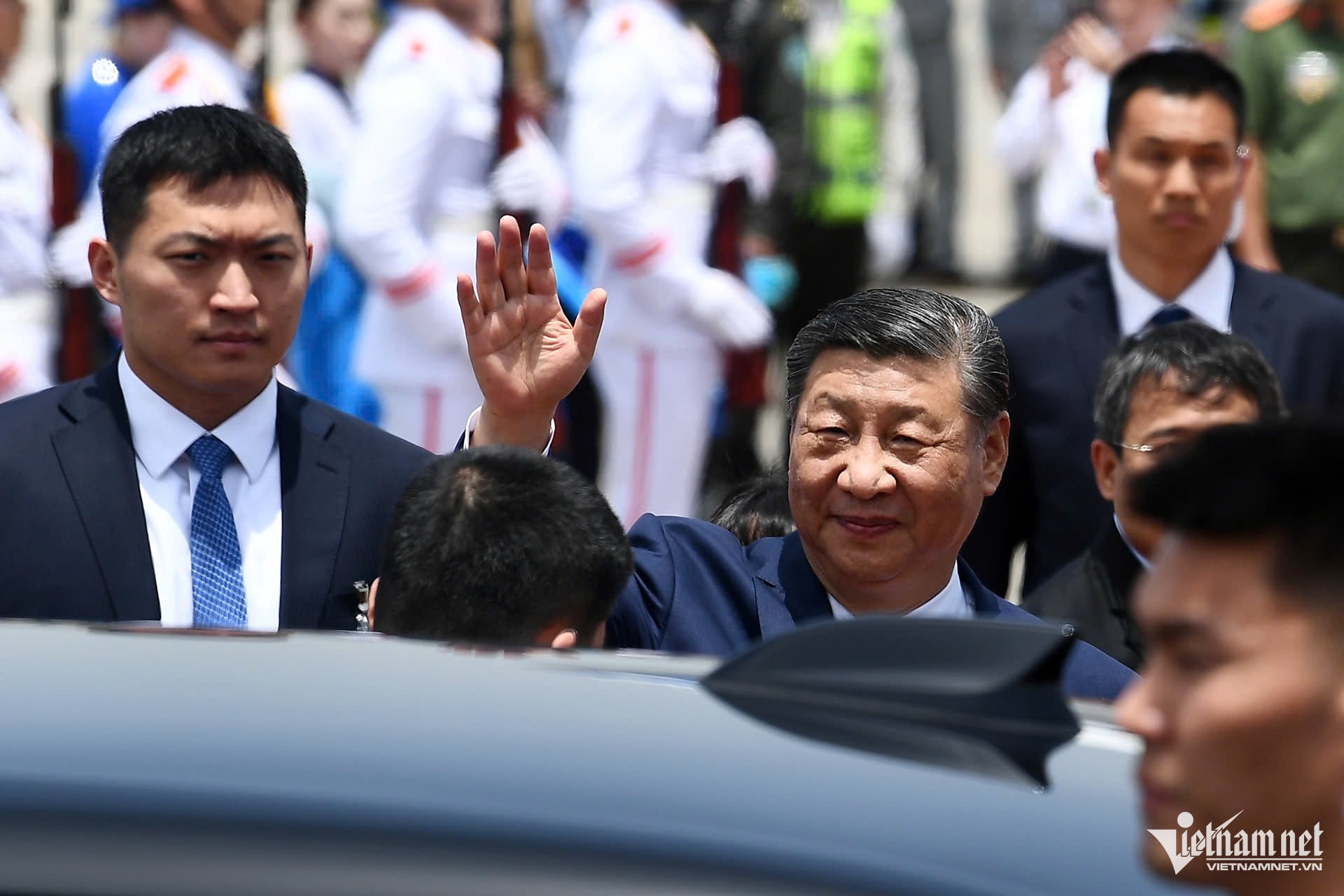
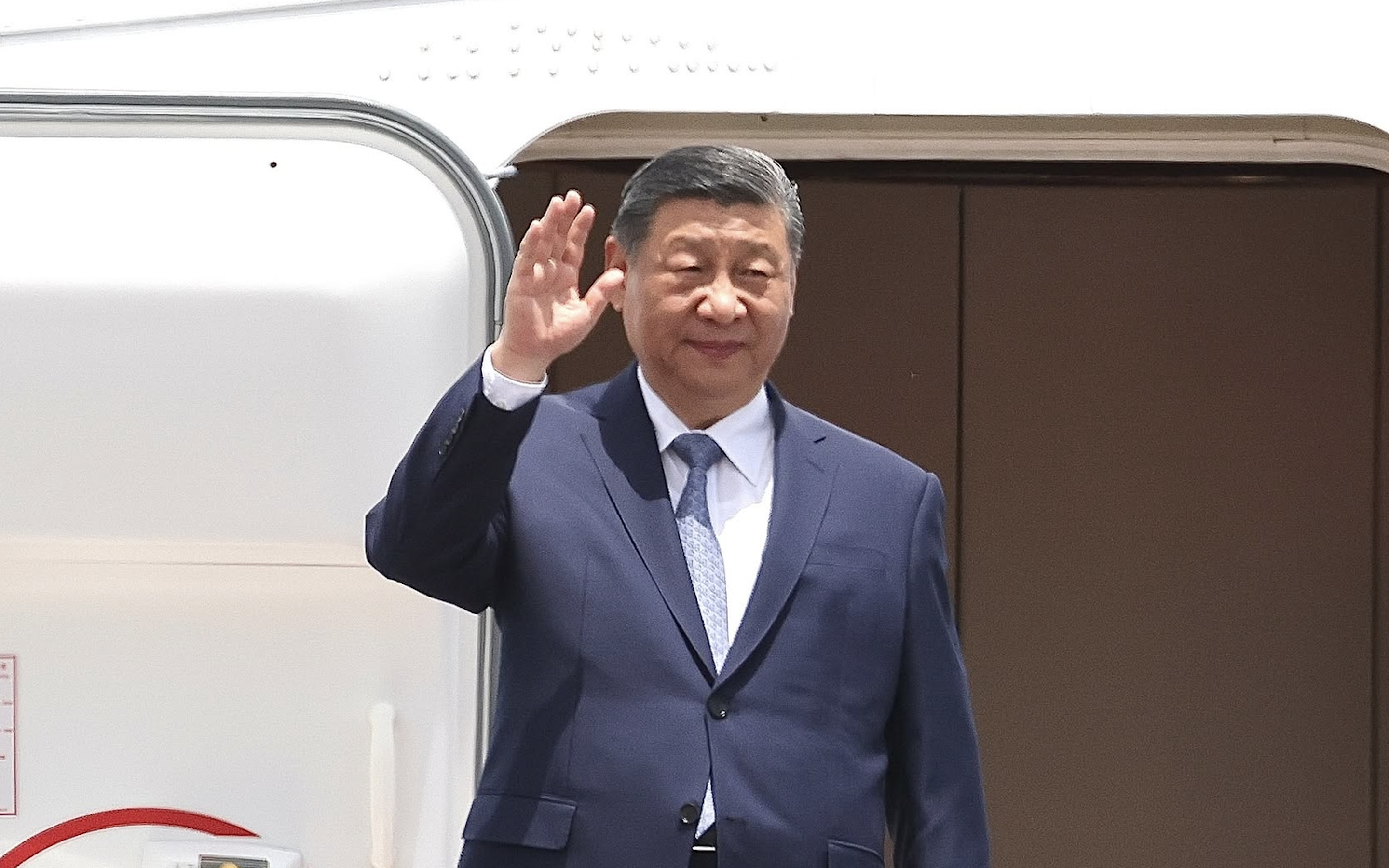








































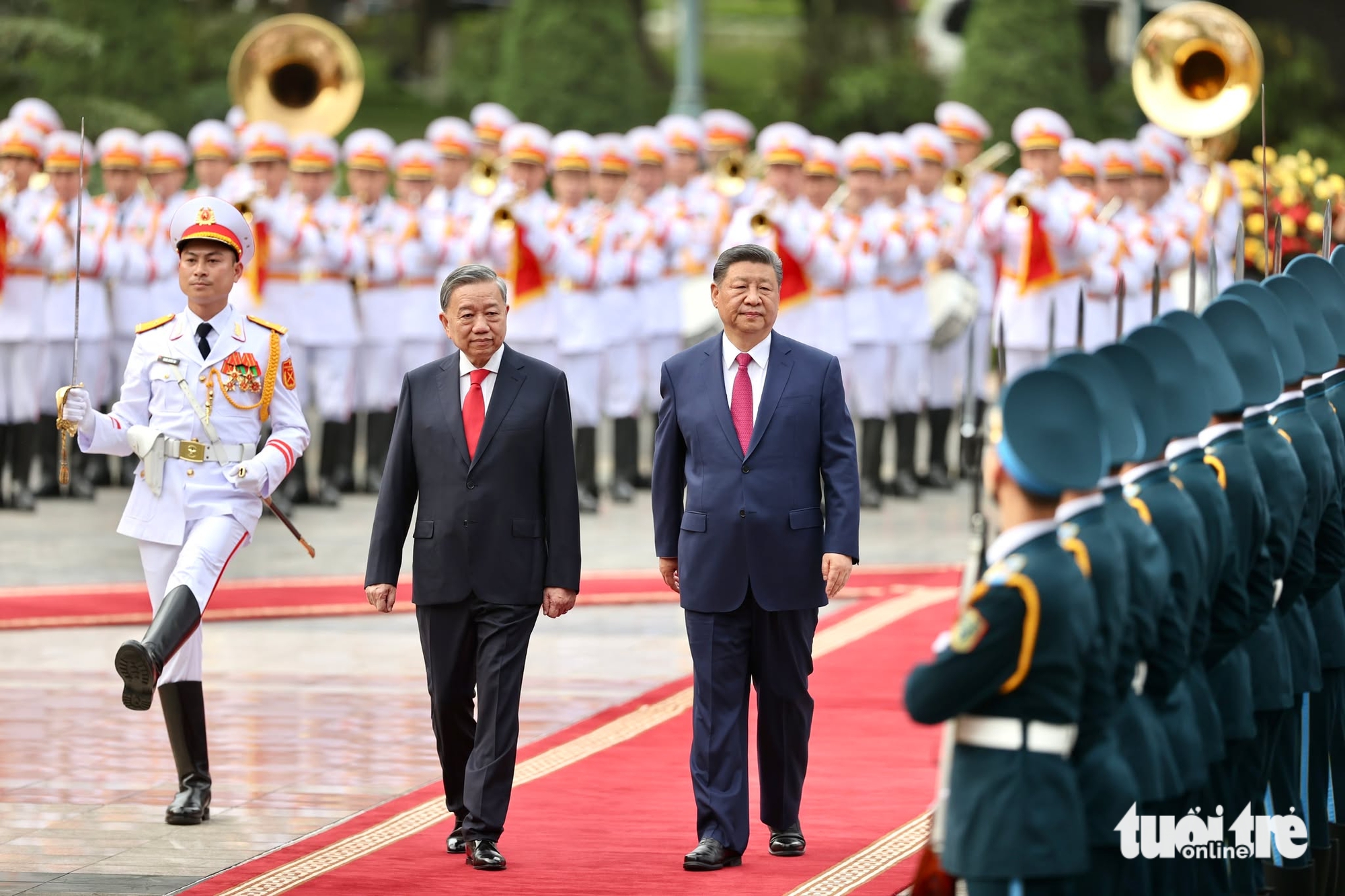

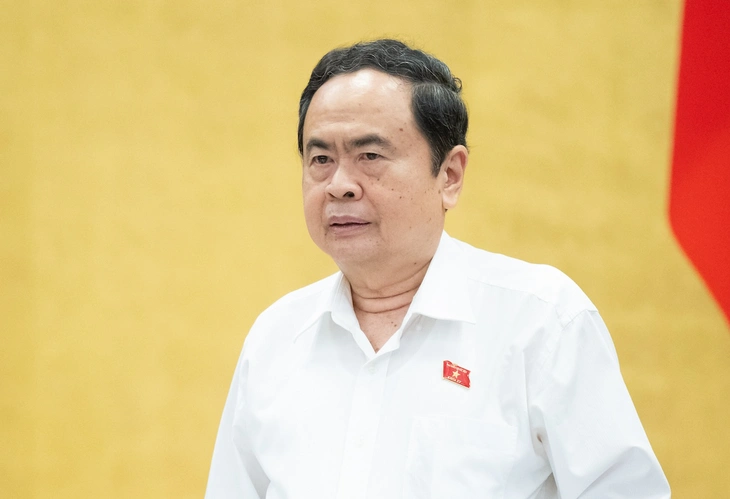



























Comment (0)